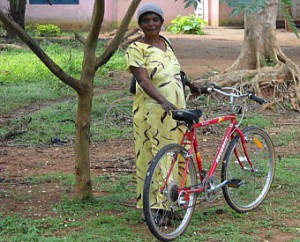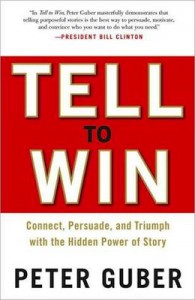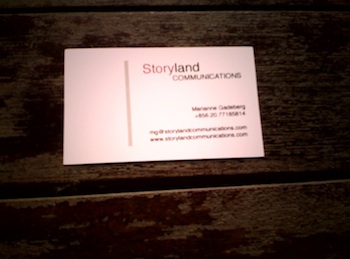I’ve been reading a few things recently, and written a few things, too, that have prompted me to reconsider this question: How many words to write?
One of the first courses I attended at university was “The History of World Literature” (I guess nothing less could do), and in the very first class, the professor showed us pictures of papyrus rolls, of the first few bibles copied down by hand, and of Gutenberg’s printing press. The point he was trying to get across was that every time there’s been an evolution of media, of form, the content has also changed.
It’s generally believed that the introduction of digital media has pushed content to be briefer, quicker, and more superficial. Twitter, Facebook, blogs, websites – they have content, but it’s short.
In my work, I also adhere to this rule of thumb: If it’s for the web, make it short. Partly because we think people’s attention span is short, partly because we think the medium doesn’t handle the long form well.
However, then I came across this. It’s an article about The Atavist, a new, small, venture that looks for ways to present long-form content in the digital age.
Evan Ratliff and Nicholas Thompson, a Brooklyn-based writer/editor duo, are behind the idea.
“In the digital realm, there is infinite space, but somehow this hasn’t resulted in a flowering of long-form content.” Ratliff explained to the New York Times.
The Atavist offers long original non-fiction articles for download to iPad/iPhone/iPod, Kindle, and Nook, and they take advantage of the opportunities the digital medium brings to add video, voice, photos, etc. According to the New York Times, they do it very well.
This made me think: When I read online, I often read long content. It’s not even “spiced up” by using the media to its fullest, like that of The Atavist, but I often spend entire Sunday mornings reading long articles online. One of my favorite resources is this always-evolving list of the best magazine articles ever written.
So what does this mean? It may be a matter of quality: The list of the best magazine articles ever, the articles from The Atavist, the New Yorker, the NY Times – the writing these places make available in the digital form is long, but it’s also very high-quality writing.
Form influences content, I have no doubt, but perhaps digital media does not dictate only short content. It’s just that if you want to make it long, you better make it good.



